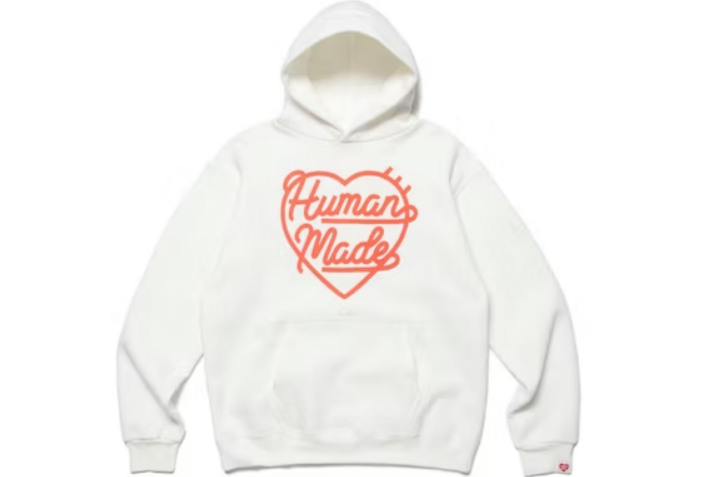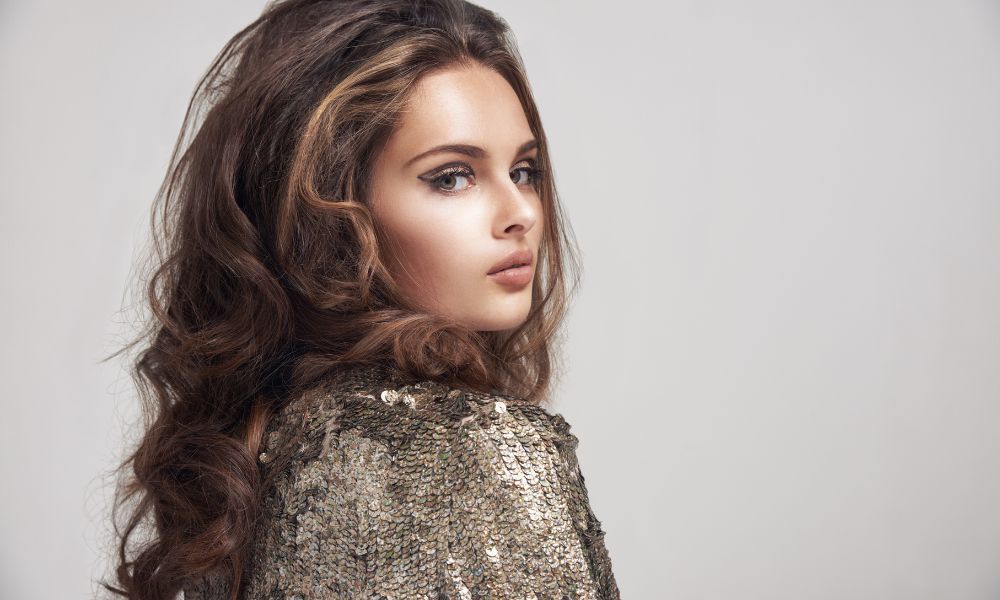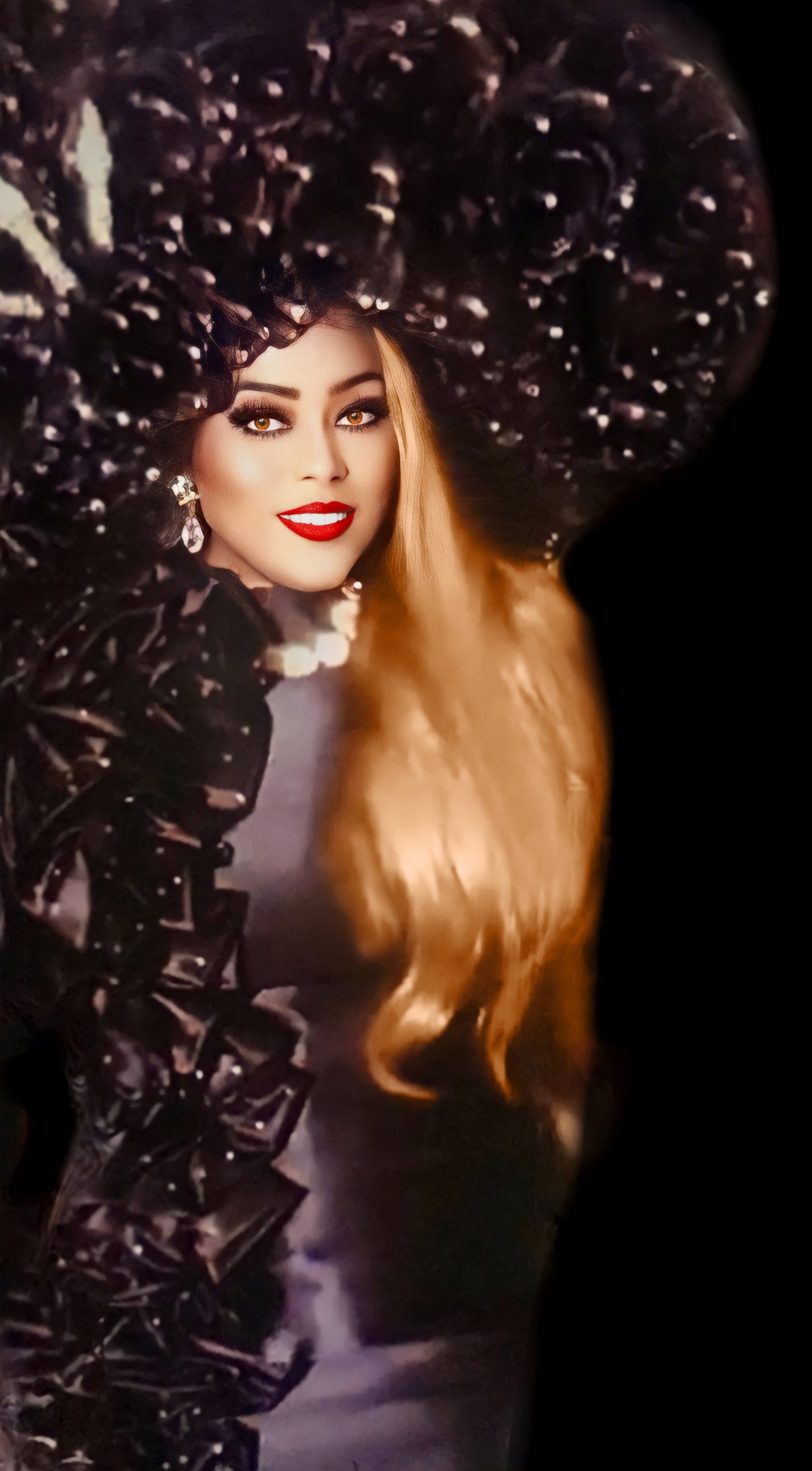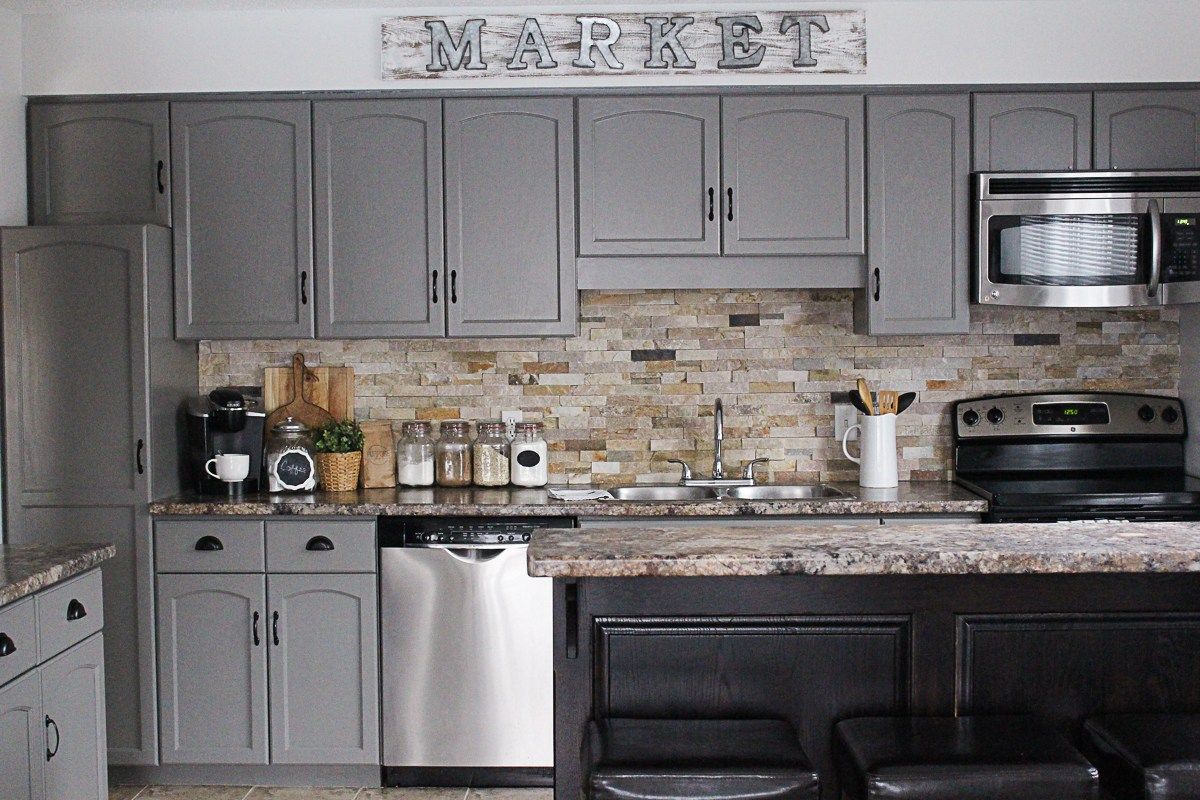High-end fashion represents more than just clothing; it’s an art form, a status symbol, and an expression of individuality. In the fast-paced world of style, luxury fashion has always held a special place, often acting as a marker of wealth and refinement. But the definition of high-end fashion has evolved, integrating culture, sustainability, and inclusivity while maintaining its aura of exclusivity. In this article, we will explore the history, impact, and future of high-end fashion, offering insights into what makes it so captivating and enduring.
What Defines High-End Fashion?
High-end fashion, also referred to as luxury fashion or haute couture, is synonymous with impeccable craftsmanship, quality materials, and exclusivity. The term “haute couture” itself is legally protected in France and refers to custom-made, high-quality clothing designed for an elite clientele. This level of artistry and detail is usually reserved for a handful of prestigious fashion houses and designers such as Chanel, Dior, Louis Vuitton, and Gucci.
What sets high-end fashion apart from ready-to-wear or mass-market apparel is the level of personalization, intricacy, and craftsmanship involved. From the finest silks to the delicate hand-stitched embellishments, every garment or accessory created by a high-end fashion house represents a true labor of love. These pieces are not just meant to be worn; they are meant to be cherished as works of art.
The Evolution of High-End Fashion
Historically, luxury fashion has been influenced by European royalty, aristocracy, and social elites, who desired clothes that reflected their wealth and power. Fashion houses like Christian Dior and Yves Saint Laurent pioneered what we now consider “luxury fashion,” which shifted from elaborate and exaggerated designs to more streamlined, modern interpretations of opulence. Over the years, the industry has evolved, with designers embracing innovation, modernity, and technological advancements.
Today, high-end fashion brands continuously push the boundaries of creativity, blending classic designs with cutting-edge trends. Fashion shows, which were once private events for the rich and famous, are now broadcast globally, creating a platform for designers to showcase their collections to millions. Social media platforms like Instagram have also revolutionized the industry, giving consumers a direct line to the latest looks, while still maintaining the aspirational allure of luxury fashion.
The Role of Luxury Fashion Houses
Luxury fashion houses, often passed down through generations, represent the epitome of high-end fashion. These brands are known not only for their designs but also for their long-standing heritage, commitment to quality, and association with exclusivity. Major fashion houses like Chanel, Gucci, Prada, and Hermès are often seen as the gatekeepers of high-end fashion. These houses influence global trends and set the standard for other brands to follow.
While these houses are known for their iconic pieces—such as the Chanel No. 5 perfume, the Hermès Birkin bag, or the Gucci GG logo—it’s their ability to combine tradition with modern sensibilities that keeps them relevant in today’s competitive fashion landscape. For example, Gucci’s creative director, Alessandro Michele, reinvigorated the brand by embracing eclecticism, gender fluidity, and sustainability, thus appealing to a younger, more diverse audience while still staying true to its luxurious roots.
The Allure of High-End Fashion in Modern Society
In the digital age, high-end fashion has become more than just a way to dress. It’s a social and cultural statement. The luxury fashion industry is often seen as a symbol of status, success, and taste. Wearing an item from a high-end fashion house signals to the world that you have access to the best and most exclusive offerings.
Celebrities, influencers, and fashion icons play a huge role in promoting high-end fashion, making it an aspirational goal for many. High-profile events like the Met Gala, fashion weeks in New York, Paris, Milan, and London, and red carpet appearances offer a stage for the world’s elite to display the latest in luxury fashion. These moments, often captured and shared across social media platforms, fuel the ongoing desire for high-end fashion and its perceived exclusivity.
But beyond status, high-end fashion also celebrates individuality and creativity. People wear luxury fashion as a way to express who they are—be it through bold patterns, avant-garde designs, or bespoke tailoring. A custom-made outfit can transform the wearer into a living canvas, showcasing their personality and preferences in a way that is uniquely their own.
The Intersection of Sustainability and Luxury
While high-end fashion has historically been criticized for its excessiveness and environmental impact, the industry has made strides toward more sustainable practices in recent years. More and more luxury brands are acknowledging the importance of sustainability, both in terms of materials and ethical manufacturing processes.
Brands like Stella McCartney have long been champions of sustainable fashion, using eco-friendly materials and championing ethical labor practices. Recently, other high-end labels, including Gucci, Burberry, and Balenciaga, have embraced sustainability in various forms. Whether through the use of organic cotton, recycled materials, or more transparent supply chains, high-end fashion is beginning to adapt to a new set of values that align with a growing global awareness of climate change.
Consumers are becoming increasingly conscious of how their purchases impact the environment, and many luxury buyers are now seeking out brands that prioritize sustainability. This shift is prompting some high-end fashion houses to lead the charge in ethical fashion, setting an example for others to follow.
The Future of High-End Fashion
The future of high-end fashion is undoubtedly exciting, filled with technological innovations, new materials, and evolving consumer expectations. The digital transformation is one area where high-end fashion is already making waves. Virtual fashion shows, digital garments, and fashion in the metaverse are changing the way consumers engage with high-end fashion.
Moreover, the rise of customization and personalization is reshaping the luxury fashion landscape. Consumers increasingly demand one-of-a-kind pieces, and many high-end brands are responding by offering bespoke services that allow customers to influence the design process. This level of personalization allows buyers to create clothing and accessories that truly reflect their individual tastes, furthering the sense of exclusivity that high-end fashion is known for.
The focus on inclusivity is another important trend. In recent years, there has been a growing push for diversity in fashion, with more high-end brands featuring models of different sizes, ethnicities, and backgrounds. This move toward inclusivity is not only socially important but also resonates with a younger, more diverse generation of luxury buyers who expect brands to reflect their values.
Conclusion
High-end fashion is more than just a form of clothing—it is a testament to the intersection of art, culture, and craftsmanship. From its humble beginnings as the domain of European aristocracy to its current status as a global symbol of luxury, high-end fashion continues to captivate audiences around the world. With its blend of tradition and innovation, its commitment to quality, and its embrace of sustainability and inclusivity, high-end fashion remains a powerful force in the fashion industry, shaping trends and defining luxury for generations to come. Whether through the timeless elegance of a Chanel dress or the cutting-edge designs of an emerging fashion house, high-end fashion continues to be a reflection of our desire for beauty, creativity, and individuality.















